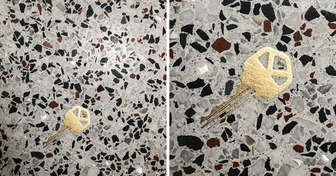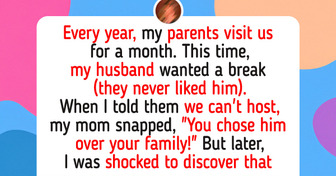18 Times Online Shopping Became a Real Amusement Out of Nowhere
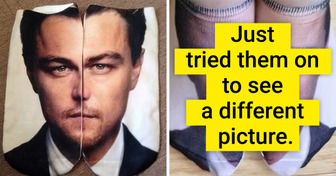
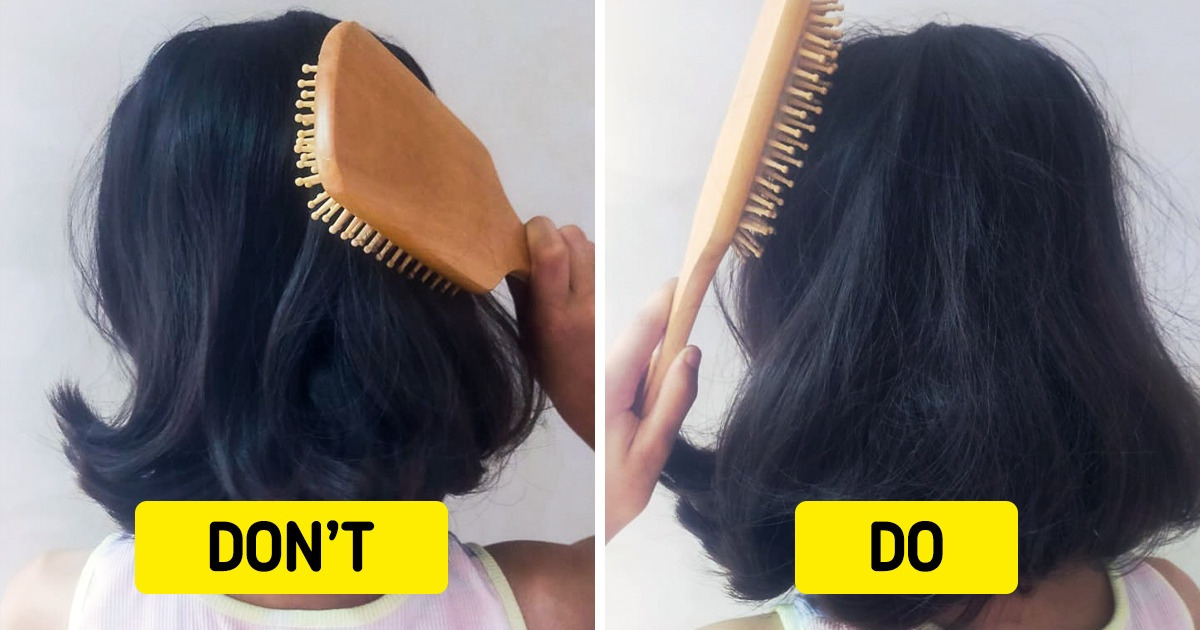
As kids, we used to be hypervigilant, curious, and excited to learn new things and discover the world around us. Even though we may be older now, the child within us is always eager to discover new facts and gain more knowledge. That’s why we wanted to nurture the bottomless curiosity we once had with insight that would make your head spin.
The Bright Side team went through lots of research and discoveries to quench the thirst of your inner child.
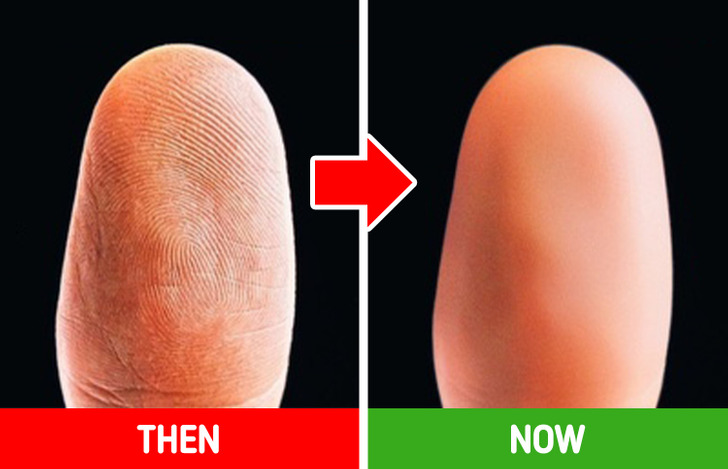
Time has no effect on fingerprints, but they do somewhat smooth out as we age. The fingerprints of an aged person, on the other hand, are more difficult to track since the skin loses its elasticity. Moreover, the ridges and furrows become less prominent, and the patterns become more difficult to capture.
The fireball that brightens our days may look as if it’s burning, but it’s not. The sun cannot burn, simply because there is no oxygen in space.
The sun doesn’t “burn” the same way a candle or a campfire does. This means that the massive gas ball known as the sun is like a giant bomb that fuses hydrogen gas. So, in this case, the sun doesn’t burn, but rather, it glows.
If you’ve ever wondered what’s like to share the Earth with an extinct animal, some scientists may have some good news. A process called de-extinction refers to bringing a species back to life by cloning it from its intact DNA. The DNA half-life is 521 years, so you can rest assured that species that vanished long ago won’t return.
This method aims to save endangered animals and reintroduce species that have gone extinct more recently. Researchers estimate it will take 5-10 years to resurrect a hybrid passenger pigeon, and at least 10 years to resurrect a hybrid woolly mammoth.
The 2 types of rice are considered to be different good types, and one type is considered to be healthier than the other. The truth is that white and brown rice is the same rice.
Brown rice is “whole grain” rice, which is milled only to remove the outer husk. In contrast, white rice is heavily processed, removing its bran and much of its germ. Brown rice has more fiber and nutrients, a lower glycemic index, and shorter shelf life than white rice.
From plants to insects, poison is common in nature. Though we’d never be as venomous as rattlesnakes or platypuses, recent research shows that we do have the necessary tools to evolve to be venomous. Now, it’s totally up to evolution to take us there.
One common theme in science fiction books is that black holes suck surrounding matter into them. However, this is a misconception that is far from the truth. Rather than sucking you in, black holes act like stars in terms of gravitational pull. As compared to other objects, black holes are denser and occupy a smaller volume of space.
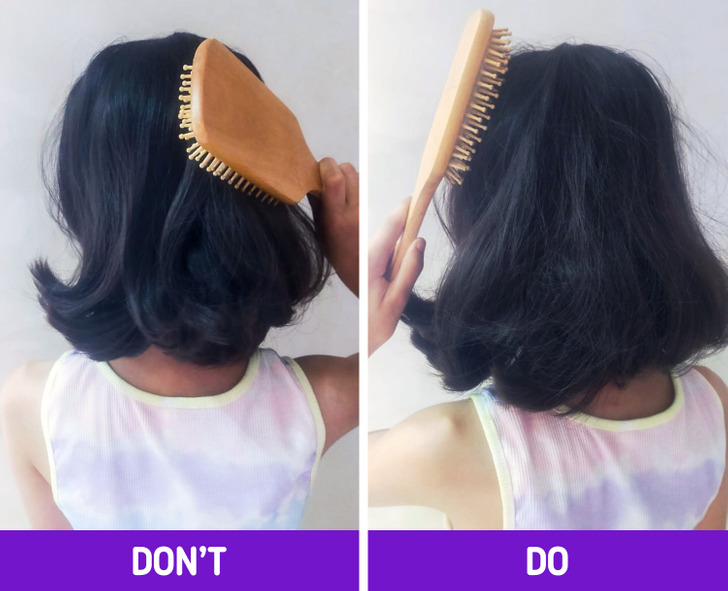
Instead of brushing your hair horizontally, turn the brush vertically to get the angle of the brush right with your hair, as the bristles are lined up vertically this way. This method will create less breakage and damage when brushing.
This fact may change the minds of many people who dislike the taste of water. Because H2O is a precious and limited resource, International Space Station crew members recycle water whenever they can, using their own urine. The water recycling process takes around 8 days. Over the course of a year-long mission, astronauts can consume as much as 730 liters of recycled urine and sweat.
What was your favorite kind of trivia as a kid? What is a scientific fact that you learned recently that your younger self wouldn’t believe?

